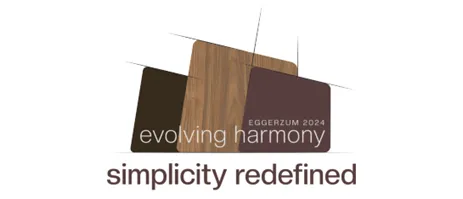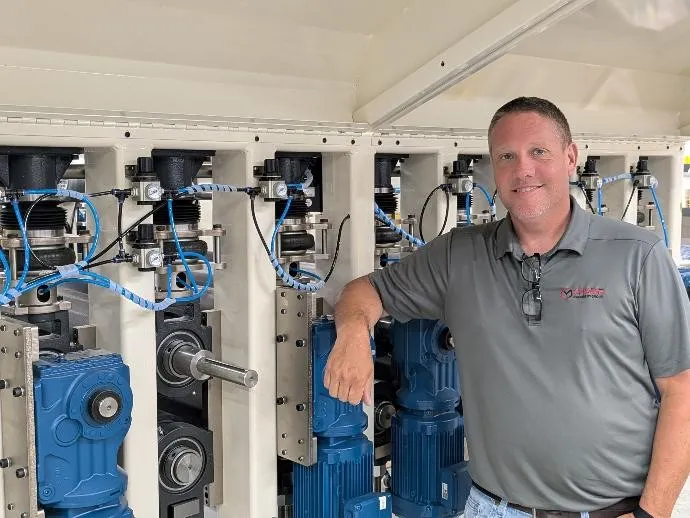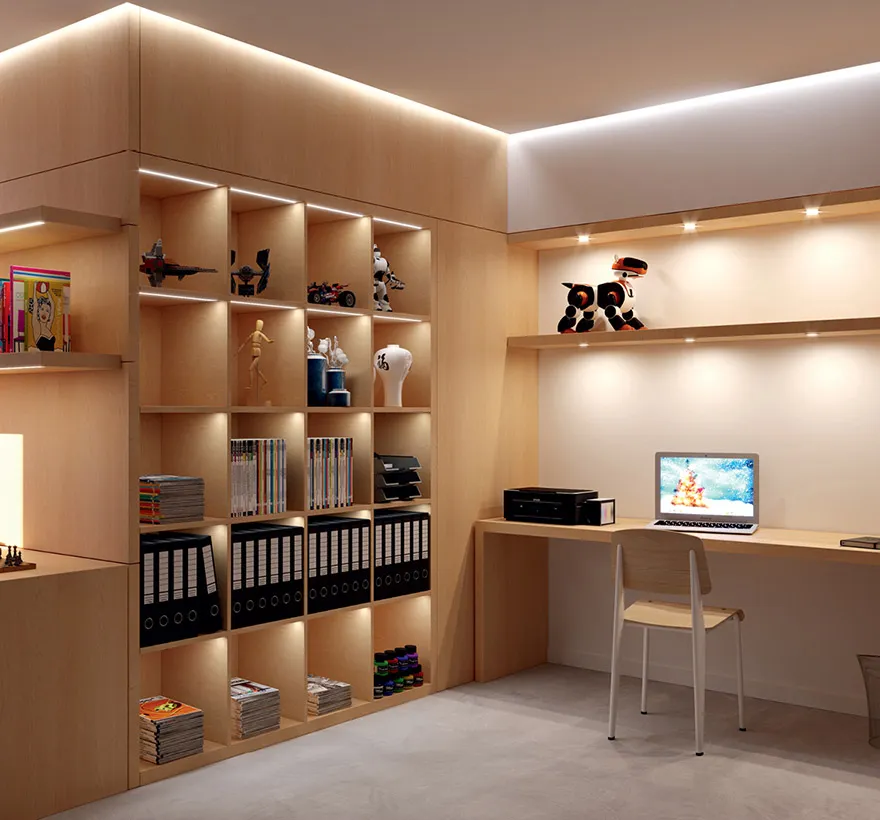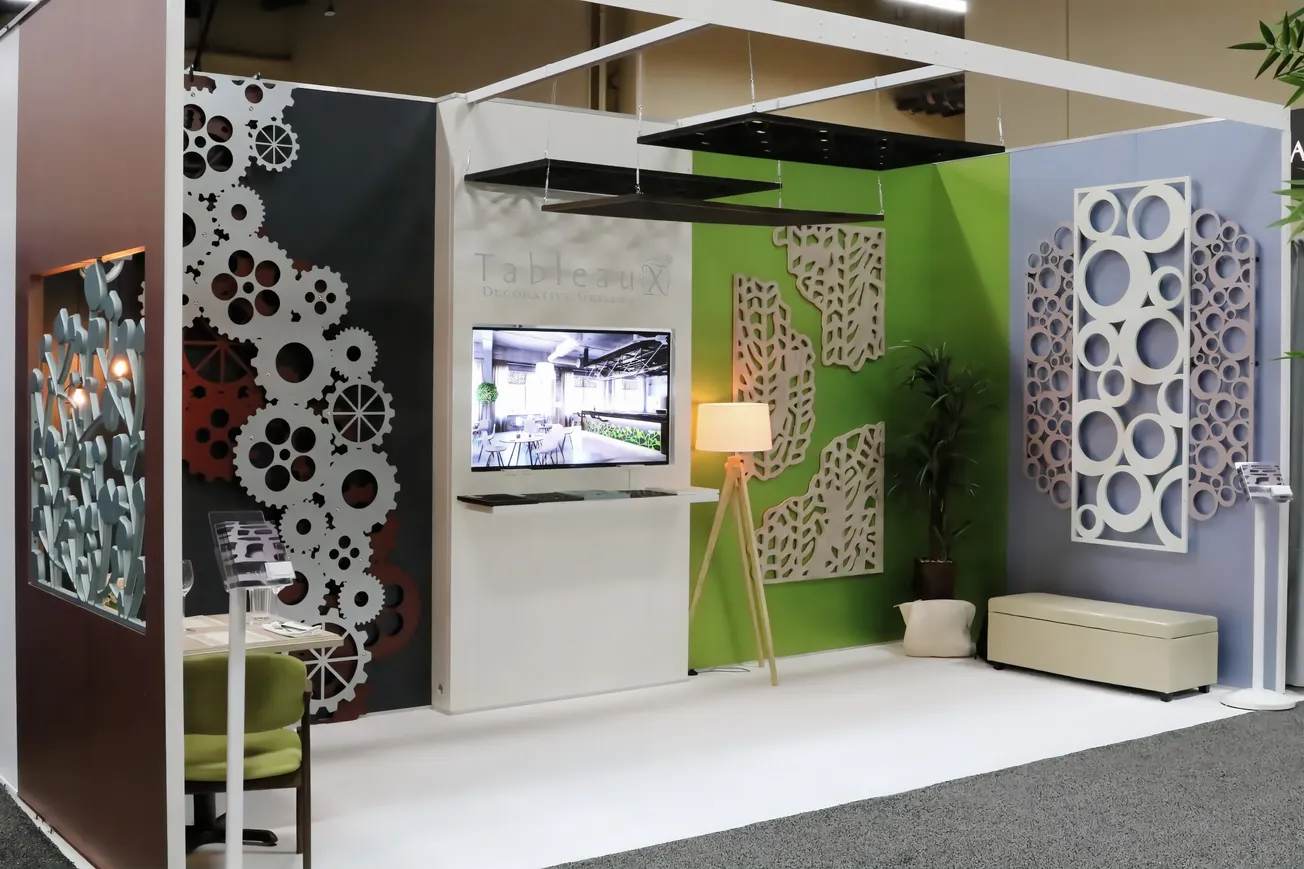Table of Contents
Contemporary Urban Kitchens feature inventive combinations and dramatic textures
by Leah Wheeler
Millennials are worldly and environmentally attuned. They want their living environments to reflect their values and aesthetic tastes, as well as their lifestyles.
Gen Y’ers are starting to exert a significant influence on architectural and interior design modes. This cohort of urban dwellers is open to new approaches and creative concepts, and they are drawn to visual, tactile and eco-friendly qualities in their surroundings. They gravitate toward decorative surfacing products that go beyond the boundaries of traditional oak, maple and cherry wood cabinetry.
dwellers is open to new approaches and creative concepts, and they are drawn to visual, tactile and eco-friendly qualities in their surroundings. They gravitate toward decorative surfacing products that go beyond the boundaries of traditional oak, maple and cherry wood cabinetry.
Fortunately, there are many exciting new options in engineered home decor products that are fashionable and conducive to today’s active, aware and engaged population. Modern urban kitchens sparkle with fresh color palettes, novel textures and versatile, durable man-made materials such as 3D laminates and textured TFL, which offer a virtually unlimited range of creative decor options for living interiors.
Chic, lustrous, glossy finishes are hitting a trend.
3D laminates are made from thin, tight, heat-sealed films called thermofoils that are membrane pressed over an MDF substrate. The process is particularly well-suited for contoured cabinet faces, and also makes a perfectly smooth surface for high-gloss. Its high resistance to moisture makes 3DL ideal for bathroom or kitchen cabinetry where humidity may be a factor. In addition, 3DL is less expensive and much easier to clean than traditional wooden cabinets. And, if installed correctly and cared for well, 3DL cabinets are extremely durable.
In addition to its practical benefits, 3DL offers a stylish, contemporary look that is prized by Millennials. For example, metallic filaments embedded in the wrap can add additional bling to a cabinet finish. Mineral overtones can add personality, and cabinet boxes that accompany 3DL doors can be matched or paired with finishes for a truly distinctive presentation.
Lanz Cabinets, headquartered in Eugene, Ore., designs, builds and sells custom and modular cabinetry for homes and multi-family dwellings. With locations in Portland, Ore., Seattle, Sacramento and Rancho Cucamonga, Calif., the company is plugged into urban markets throughout the western United States. Company President Brent Lanz sees high gloss as a hot trend, one that will continue to grow in the market, although he notes that rustic woods and more traditional manufactured decorative surfacing products are still popular, particularly in non-urban and single family developments.
Textured surfaces create a haptic experience.
Textured TFL is another manufactured surfacing product that is trending right now. Textured TFL is less expensive and more resilient than veneer, plus it is easy to install and maintain and resistant to stains, scuffs, heat and moisture. What’s more, its textured finish creates an authentic semblance that appeals to all the senses.
Textured TFL panels bring character and color to living interiors especially in high-rise urban settings. Their simulated wood grain textures look nuanced and natural, yet have the durability and consistency of a manufactured product. “These are terrific products, and we are seeing innovative applications in both our face frame line, which continues to be the standard for many apartment and condominium projects, and our frameless product line, which is often used for high-rise and larger city projects,” says Lanz. The quality, strength and stability of both 3DL and textured TFL continually improves with increasingly sophisticated manufacturing techniques. The materials are so durable that they are often specified in commercial and institutional applications.
Located in Tacoma, Wash., KML manufactures TFL decorative panels and offers eight unique designer textures. TFL panels carrying the popular Edgewood finish deliver the authentic tactile experience of natural grained wood-with superior durability, color consistency and fade resistance. According to Leta Falk, marketing coordinator for KML, it appeals to customers who appreciate the classic, timeless look and feel of wood, but want kitchen and bathroom cabinets that are affordable, practical and derived in an environmentally sensitive manner.
When specifying cabinetry for multi-family structures, developers often begin with a relatively standard base that will appeal to a broad cross section of buyers. Cabinets can then be customized using colors, textures and details that make them distinctive and exciting. “It’s an iterative process in which we match up our products with the designer’s vision, factoring in things such as cost, availability, timing, manufacture-ability, and the reliability of sourcing,” notes Lanz.
Many of the happening styles, textures and hues seen in today’s cabinetry originated in Europe. “We work with designers in Europe and throughout the world to see what’s trending,” said KML’s Falk. “The breakout trends are often inspired by fashion.” New concepts quickly make their way around the world via the Internet, social media, trade shows, and globetrotting consumers.
Lanz agrees that designers today are very much influenced by international design trends. “We definitely see the influence of European designers and the impact of globalization on cabinetry. Often the most innovative styles, colors and combinations are inspired by international aesthetic tastes.”
Many Gen Y urban dwellers are themselves foreign-born or have lived, studied or traveled internationally. In cities like Los Angeles, San Francisco, Seattle and Denver many young professionals hail from Europe, South America or Asia and they have a very global orientation. These urban dwellers are not steeped in traditional American design styles and they gravitate towards more eclectic furnishings, colors, textures, sizes, styles.
Design trends move rapidly around the world.
With today’s technology, designers have access to a world of ideas and they call upon manufacturers to respond quickly to what’s trending. Manufacturers rely on their suppliers to provide them with innovative new products and new techniques before trends hit their peak and become commoditized. The go-to-market cycle is accelerating with the influence of the internet, social media and mobile technologies. “I would say that the momentum of new products coming to market forces us to work closer than ever with our suppliers,” said Brent Lanz.
Suppliers need to be agile and innovative in order to anticipate consumer tastes and demands, and they must be willing to invest in the research, development, machinery and technology to provide what the market needs and wants. “It’s mainly the small niche suppliers who are nimble enough to spot the trends. If they get a product to market before it becomes commoditized, they can get a premium for it,” Lanz said.
Designers, manufacturers and suppliers agree that the current trends in decorative home furnishing, fixtures and cabinetry will only accelerate in the years ahead. Urban dwellers are keen to experiment with more contemporary looks and enjoy living in residences that are made livelier and more enjoyable with the addition of textures, touches of high gloss, and exciting tonal palettes.
Quotes:
“We work with designers in Europe and throughout the world to see what’s trending. The breakout trends are often inspired by fashion.”
Leta Falk, marketing coordinator, KML
“These are terrific products, and we are seeing innovative applications in both our face frame line, which continues to be the standard for many apartment and condominium projects, and our frameless product line, which is often used for high-rise and larger city projects.”
Brent Lanz, President, Lanz Cabinets
“I would say that the momentum of new products coming to market forces us to work closer than ever with our suppliers.”
Brent Lanz, President, Lanz Cabinets






